How Air Quality is Measured
Air quality is assessed using the Air Quality Index (AQI), which provides a standardized way to communicate how clean or polluted the air is. The AQI is based on measurements of different pollutants, including ground-level ozone, carbon monoxide, sulfur dioxide, nitrogen dioxide, and particulate matter. Each pollutant is assigned a value, and the highest value determines the overall AQI for a given location. The scale typically ranges from 0 to 500, with higher values indicating worse air quality.

What is PM2.5?
One of the most concerning air pollutants is PM2.5, which stands for particulate matter that is 2.5 micrometers or smaller in diameter.

These fine particles are so tiny that they can penetrate deep into the lungs and even enter the bloodstream, leading to serious health problems.
PM2.5 primarily comes from combustion processes, such as vehicle emissions, industrial activities, wildfires, and even household heating sources like wood stoves.

What Else is in the Air?
Aside from PM2.5, air pollution can consist of a variety of harmful substances, including:
PM10: Larger particulate matter (up to 10 micrometers) that can cause respiratory irritation.
Volatile Organic Compounds (VOCs): Emitted from industrial processes, vehicle exhaust, and household products, some VOCs are known carcinogens.
Ground-Level Ozone (O3): Formed by reactions between pollutants and sunlight, ozone at ground level can trigger respiratory and other issues.
Nitrogen Oxides (NOx) and Sulfur Dioxide (SO2): Produced from burning fossil fuels, these gases contribute to smog, acid rain, and respiratory problems.

Carbon Monoxide (CO): A colorless, odorless gas that interferes with oxygen transport in the body, potentially leading to serious health effects.
Untracked Pollutants: Many elements in the air are not included in standard AQI measurements, such as heavy metals (e.g., aluminum, barium, strontium), pesticides, and potential byproducts of geoengineering or weather modification activities. These substances may be present but are not typically monitored in mainstream air quality reporting.
Symptoms of Exposure to High AQI Areas
Exposure to high levels of air pollution can cause a range of symptoms depending on the duration and severity of exposure. Common symptoms include:
Respiratory Issues: Coughing, wheezing, shortness of breath, and aggravated asthma.

Eye, Nose, and Throat Irritation: Red, itchy eyes, sore throat, and runny nose.

Headaches and Dizziness: Reduced oxygen levels can lead to headaches, dizziness, and fatigue.

Cardiovascular Effects: Increased risk of heart attacks, irregular heartbeat, and high blood pressure.

Long-Term Health Risks: Prolonged exposure may contribute to lung disease, reduced lung function, and an increased risk of stroke.

Where to Check Air Quality Reports
People can monitor real-time air quality by visiting reliable sources such as:
AirNow (www.airnow.gov): Provides up-to-date AQI information for locations across the U.S.
EPA's Air Quality System (AQS): Offers detailed air quality data and trends.
Local Environmental Agencies: Many state and city agencies provide daily air quality updates.
Mobile Apps (e.g., IQAir, Plume Labs, and Weather Apps): Offer real-time air quality monitoring and forecasts.
Independent Environmental Monitoring Groups: Some organizations conduct independent testing for additional pollutants not covered by AQI standards.

Why is Air Quality Important?
Poor air quality has both short-term and long-term health effects. Short-term exposure to high pollution levels can cause respiratory distress, headaches, and eye irritation, while prolonged exposure has been linked to chronic conditions such as asthma, cardiovascular disease, and even neurological effects.
What to Do If AQI is High
Stay Indoors: Avoid outdoor activities, especially if you have respiratory conditions or heart disease.
Limit Strenuous Activities: Reduce exercise or physical exertion outdoors to minimize deep inhalation of pollutants.
Use Air Purifiers: High-efficiency particulate air (HEPA) filters can help remove pollutants indoors.
Keep Windows Closed: Prevent outdoor air from entering your home during high pollution events.
Wear Protective Masks: N95 or better masks can reduce inhalation of fine particulates when outside.
Monitor Symptoms: Seek medical attention if experiencing severe respiratory distress or cardiovascular symptoms.
Hydrate and Eat Antioxidant-Rich Foods: Drinking water and consuming foods high in antioxidants may help mitigate some effects of pollution exposure.
Consider Independent Air Testing: If concerned about untracked pollutants, personal air quality monitors can provide additional data.
Don’t eat the Snow Ice Cream: If you see heavy chem trail operations stay indoors. Don’t let your kids eat the “snow ice cream” that is all the craze right now or play in the snow/rain after heavy chem trail spraying.
As the airpocalypse looms and all kinds of nasty stuff gets pumped into the air turning the sky into a weird science experiment with a dash of pneumonia, staying on top of air quality is your best defense. Knowledge is power—so you can avoid inhaling whatever nightmare is floating your way.




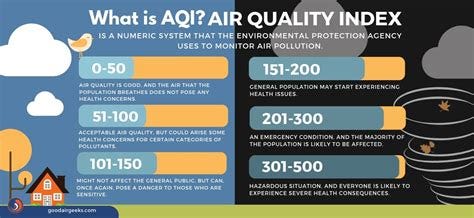

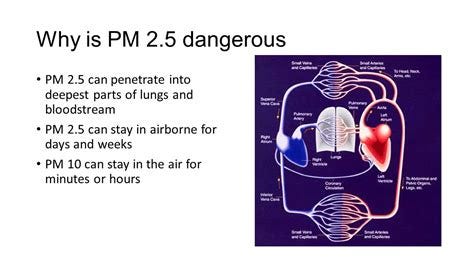
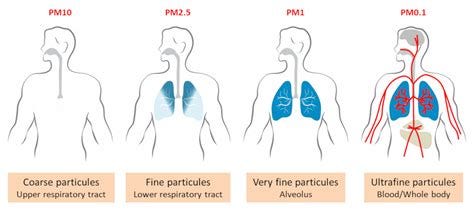
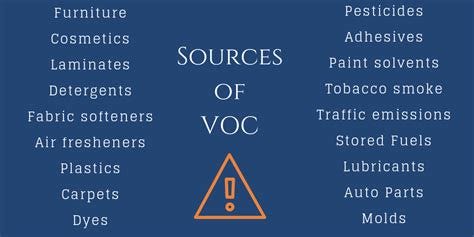

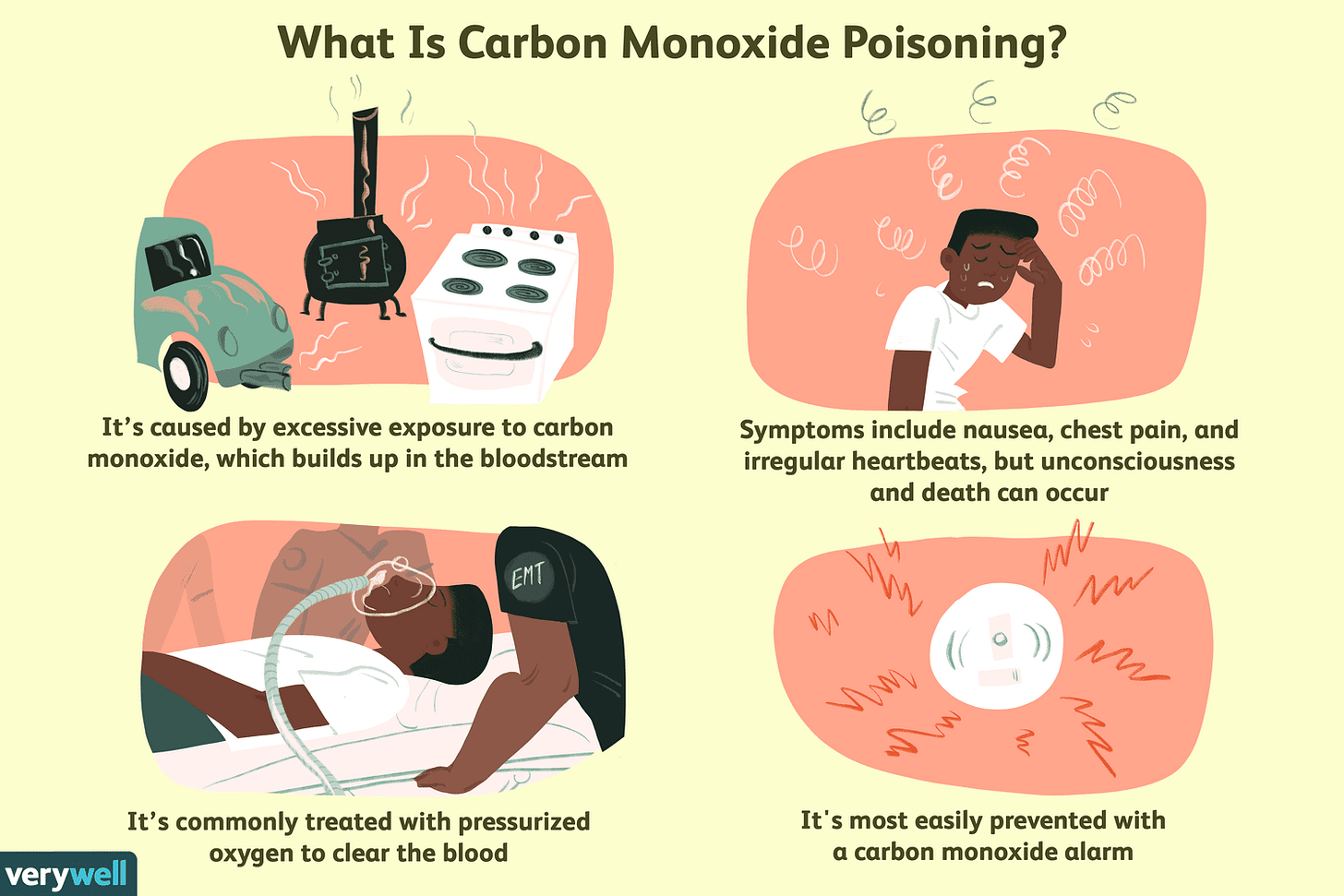




A reminder. see if you can find pollution in this declaration. Then think scare stories about particulate matter and the BS about second hand smoke.
“The First Global Revolution,” they declared:
“The common enemy of humanity is man. In searching for a new enemy to unite us, we came up with the idea that pollution, the threat of global warming, water shortages, famine and the like would fit the bill. All these dangers are caused by human intervention, and it is only through changed attitudes and behavior that they can be overcome. The real enemy then, is humanity itself.”
Another source of pollution is the water coming out of our faucet. Someday the chemical stench is worse than others. The water company says they have no idea. 🙄